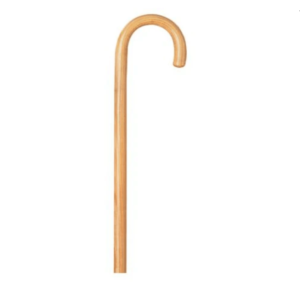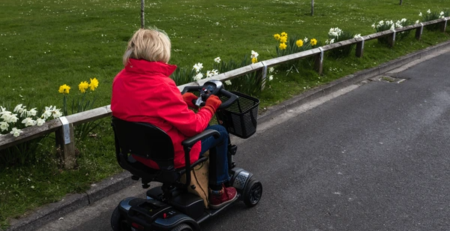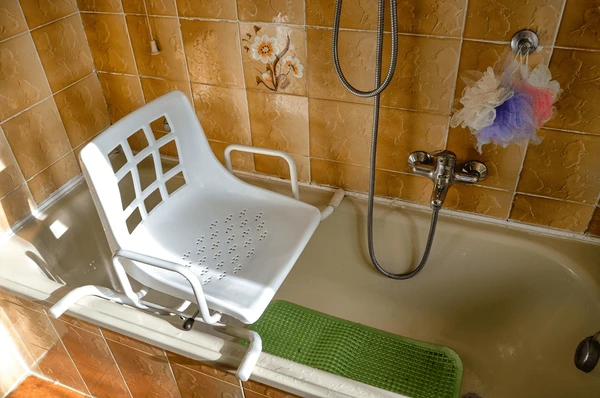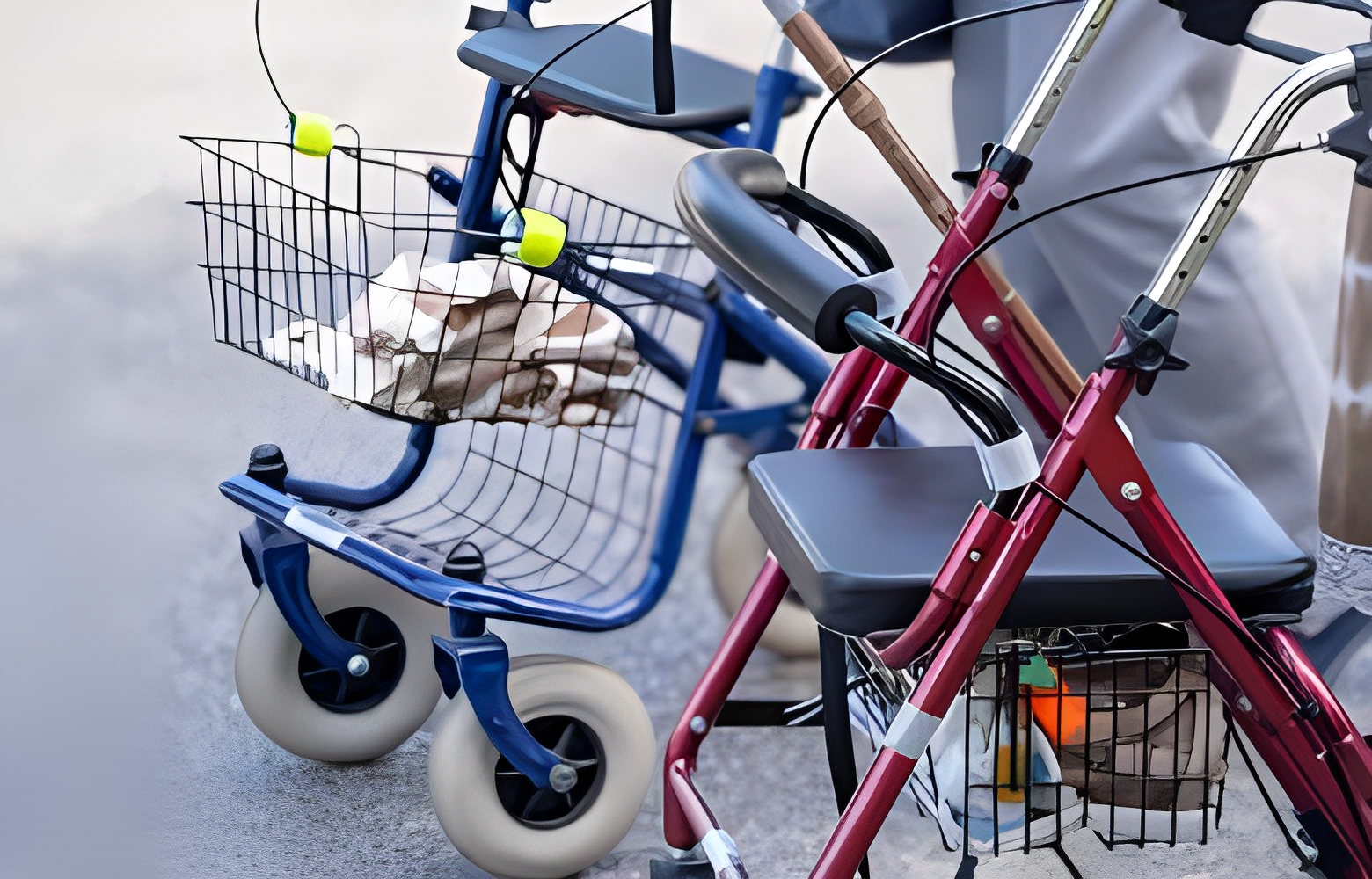13
Feb
A Guide to Canes and Their Benefits
Canes are one of the most commonly used mobility tools on the market. They are made for independently mobile people who are in need of balance support. They are lightweight, and compared to more cumbersome aids are easier to use in everyday life. However, when buying a cane it is important to remember that they are not weight-bearing aids. They are not recommended for patients who need weight support, and training on the proper use of a cane is important to get the full benefits.
A Canes and Their Benefits Guide
There are multiple types of canes available, and each provides its own benefits. The most widely used type of cane is a standard cane, also referred to as a single-point cane. They have a single point of support at the end and are usually made of aluminium or wood. Aluminium canes are usually adjustable, but more expensive compared to wood canes. Single-point canes can also come in the form of folding canes, which fold up for easy storage in a compact space. Multiple-point canes, or multiple-legged canes, have multiple points of support at the end of the cane. They offer the most stable support and can bear more of a person's weight than a single-point cane. The cane is capable of standing by itself when not in use, allowing the user to briefly step away before resuming walking. The most popular is the quad cane, which has four points of support at the end of the cane. These multiple-point canes can also come in a heavy-duty version, which includes a seat that can be folded out to allow the user to sit down briefly before continuing.
An item that people may consider to be a type of cane is a walking stick, though they are completely different in nature. Walking sticks are more decorative, and are not made for weight-bearing the way canes are. They are made from many different materials and the handles can get very detailed and elaborate, which is uncomfortable to lean on the way a person would use a typical cane. Walking sticks are used more as an accessory as opposed to a medical device.
However, this doesn't mean that canes can't be decorated. There are canes with colourful designs, both in the standard styles and the folding style canes. There are also different handles used on canes, each with its own benefits. T-handle and fritz handle both benefit users with weaker hands and fingers, as they're designed to reduce stress. A crook handle gives plenty of space for users to find their most comfortable position and its shape allows it to be hooked over a person's arm. Offset handles are shaped like a question mark, allowing for better weight distribution.
When looking to purchase a cane, it is important to review the different types of canes in order to choose the one that is best for the patient. With many options available, a person in need will be able to find the option that suits their needs.
Share:






